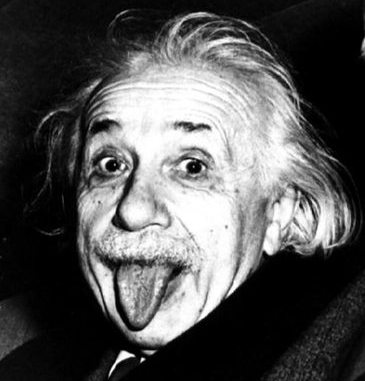
Specialist Course HS16:
Introduction to Quantum Field Theory in Curved Spacetime
Prerequisites, Timetable, Outline, Literature, and more ...
Summary and Overview
The main aim of this course is to explain what are (some of) the obstacles that one faces when trying to
generalise the standard formalism and procedures of Minkowski space Poincare-covariant QFT to curved
spacetimes, and to illustrate
the new phenomena that one encounters by some typical and important examples: particle creation by
time-dependent gravitational
fields, the Unruh effect, and (some elementary aspects of) Hawking black hole radiation and black hole thermodynamics.
Many of the key-issues can already be understood in a purely quantum-mechanical context by studying the
Heisenberg picture quantisation of a time-dependent harmonic oscillator, so I will spend some time to
discuss the issue of quantisation ambiguities, Bogoliubov transformations, mode creation etc., in this setting.
When moving on to field theory, we will consider the simplest possible case of a free Klein-Gordon scalar field
(in 1+1 or 3+1 dimensions).
The general lesson is that
in general in a curved spacetime the notion of vacuum and particles (and the corresponding particle
interpretation of QFT) are ambiguous and observer-dependent.
We will then apply these insights to briefly look at the creation of particles in a time-dependent gravitational
field, Minkowski space QFT and accelerated observers (the Unruh effect), and scalar fields in the Schwarzschild
black hole metric (Hawking radiation).
Time permitting, and if there is sufficient interest,
I will add a few remarks either on black hole thermodynamics, the black hole information
loss paradox and the recent debate in the literature on ``firewalls'', or on more general
(physically and mathematically more satisfactory) approaches
to defining and making sense of quantum field theory in curved spacetime backgrounds.
Prerequisites
- Basics of Quantum Field Theory: Canonical Quantisation of Free Scalar Fields (mode expansions, creation and
annihilation operators, vacuum, Fock space, ...).
- Basics of General Relativity (general formalism, proper distance and proper time,
Rindler, Schwarzschild, Kruskal, simple cosmological metrics).
Schedule
- Time and Place: Wednesday 10.15 -- 13.00 Room 119
- Starting Date: Wednesday, September 21st
Outline (tentative)
- Introduction: Motivation and Overview
- Heisenberg Picture Quantum Theory of a (Time-dependent) Harmonic Oscillator
- QFT in FRW Cosmological Backgrounds and Particle Production
- Developing the Formalism
- Rindler Space and the Unruh Effect
- Aspects of the Classical Theory of Black Holes
- Hawking Radiation
- Black Hole Entropy and related Issues (if there is time)
Literature
- Monographs
- N. Birrell, P. Davies: Quantum Fields in Curved Space
- V. Mukhanov, S. Winitzki: Quantum Effects in Gravity (the first half of the course will be
loosely modelled on the first half of this book)
- L. Parker, D. Toms: Quantum Field Theory in Curved Spacetime
- R. Wald: Quantum Field Theory in Curved Spacetime and Black Hole Thermodynamics
- see also
- chapter 14 of R.M. Wald: General Relativity
- chapter 09 of S. Carroll: Spacetime and Geometry, an Introduction to General Relativity
- Online Lecture Notes
- Further Information on selected topics
- Towards a mathematically more rigorous and satisfactory formulation
- The Unruh Effect
- Hawking Radiation and Classical and Quantum Black Hole Thermodynamics
Most of the lecture notes listed above discuss this to a certain extent. For further information see e.g.
Part I of the monograph
- L. Susskind, J. Lindesay: Black Holes, Information and the String Theory Revolution
the original articles (internal UniBe access only)
and the following articles:
See also the articles listed for the information loss paradox below and many other
articles on the arXiv
- General Analysis and Universality of Hawking-like Radiation
- Black holes and information loss paradox
- Firewalls
Recently, the debate about the untarity of black hole evaporation and its compatibility with
black hole complementarity (and the equivalence principle) has been reignited by the firewall
proposal in the articles below:
In spite of a lot of follow-up work (see the citations to these articles),
the dust on this issue has not yet completely settled. For an updated account, see
Contact
- Matthias Blau, Office 220a
